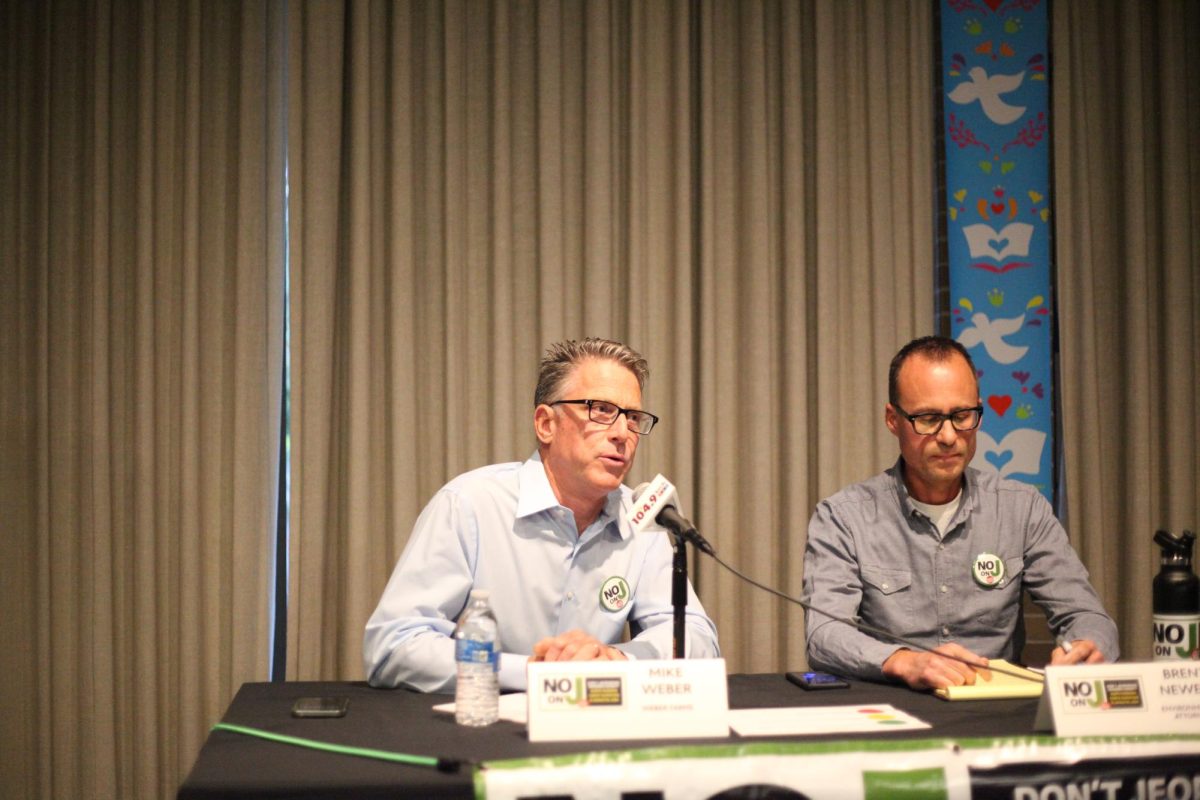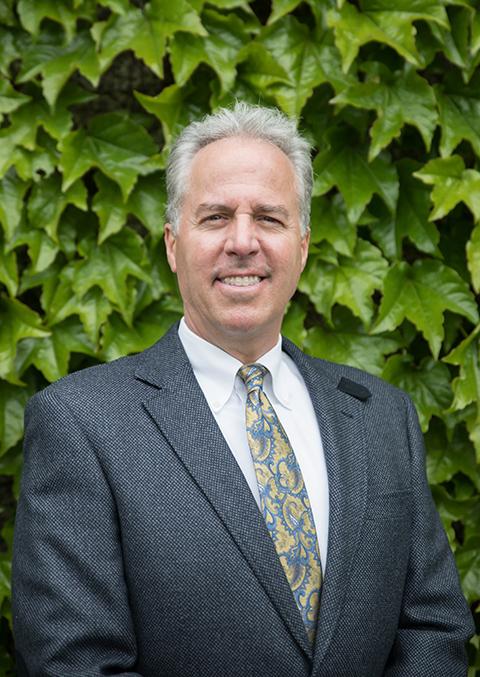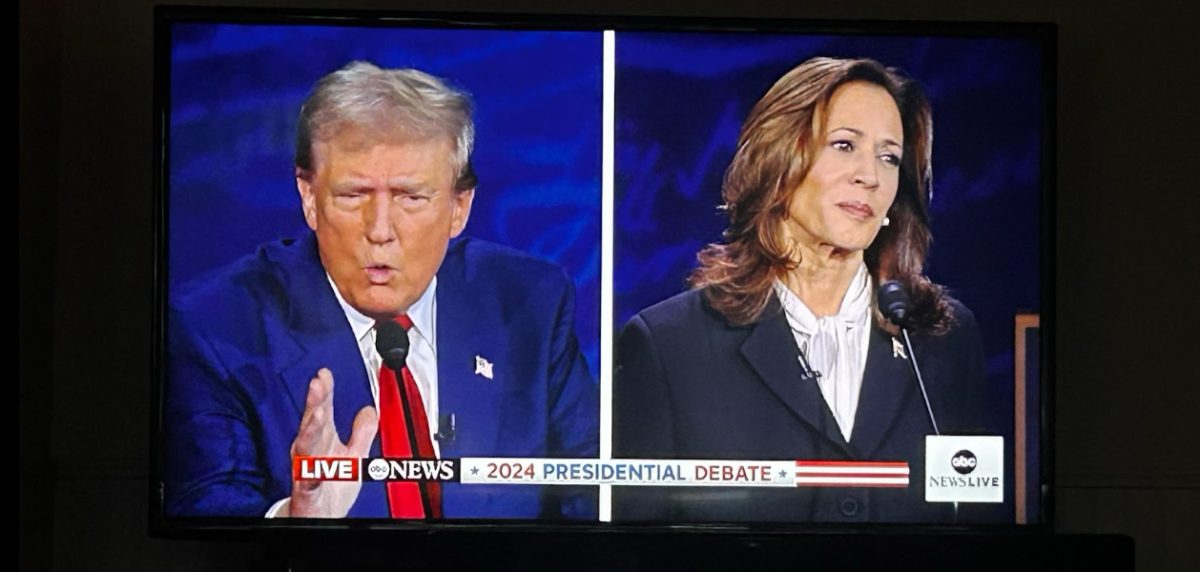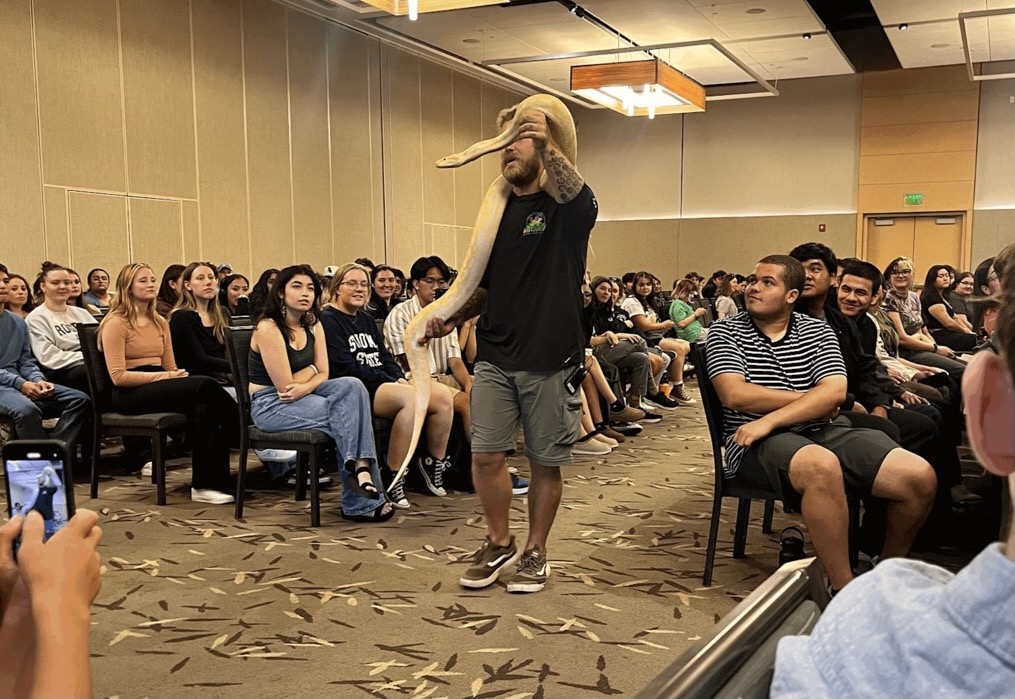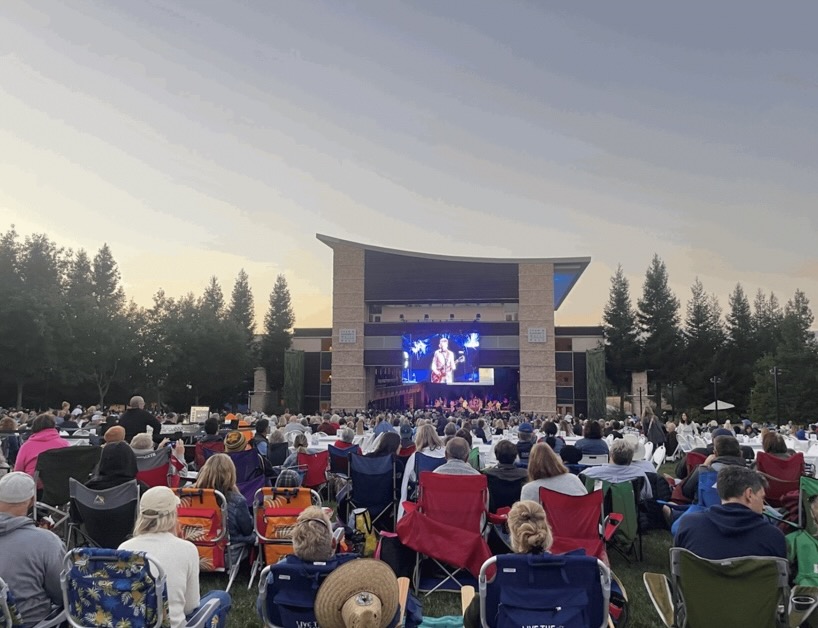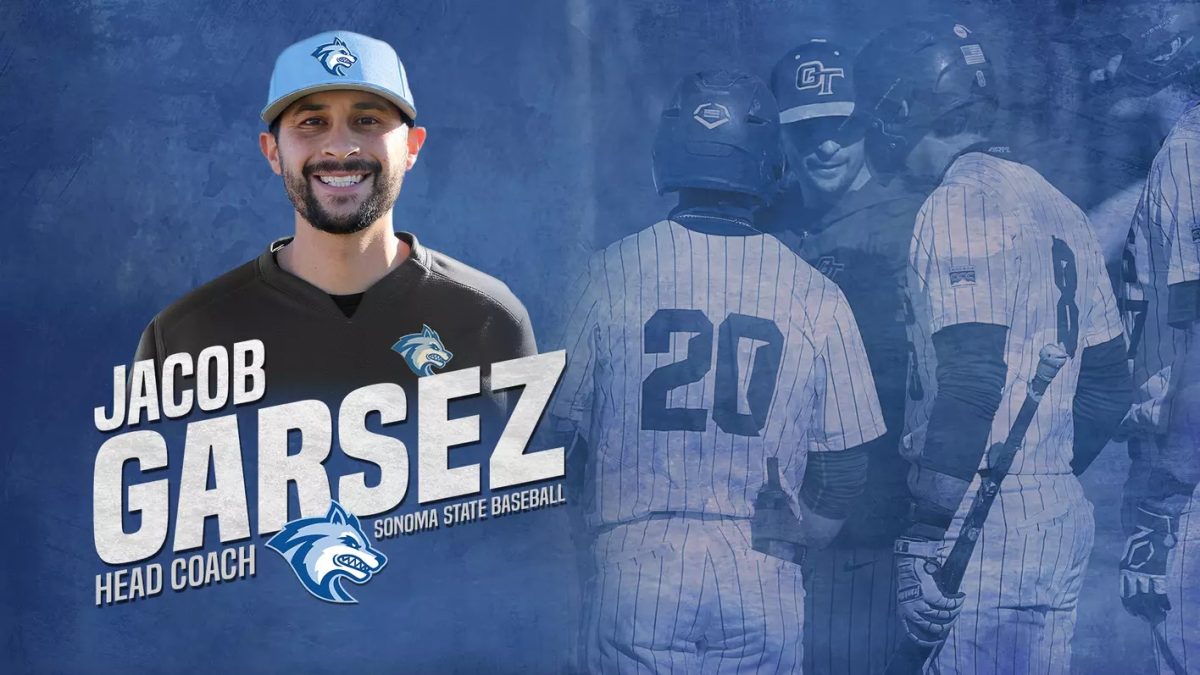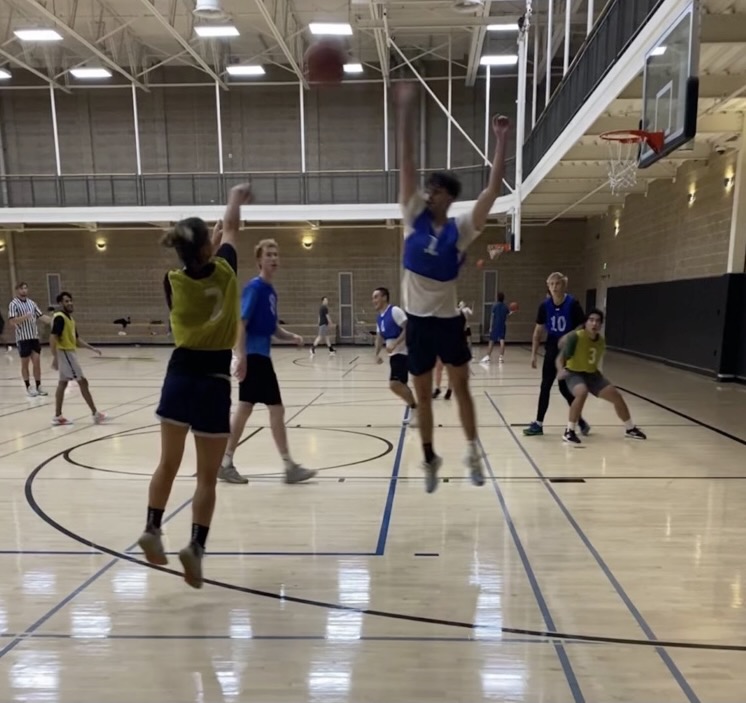The last few years have brought many changes to the CSU system, and it is possible that this year may bring more. As the voice of the CSU system in Sacramento, Chancellor Timothy P. White is at the forefront of many such changes, and on Friday held his quarterly press conference to discuss what may be in store for this academic year, as well as answer student questions.
The biggest topics discussed during the conference were the CSU budget and the various aspects of university life that it affects, such as student resources, graduation rates, and admission caps.
“When we look at the student demand for our programs across the system and we look at all of the costs associated with healthcare and billing, maintenance and all that stuff, our job is to give a realistic figure to the folks in Sacramento, that if we were to fully fund the CSU, this is what the cost would be,” said White. “When we do that we realize that our job, for the moment, is done.”
White explained that in order to come to a finalized budget request is called an authentic request, and is constructed by doing analytical work and verifying data.
“We were fortunate here in the CSU last year along with the UC and community colleges to be one of the very few agencies that received any increased funding.”
The governor and the department of finance receive many authentic requests from various agencies throughout California, such as the prison system and the UC system. The department then considers the needs of all the various agencies and, depending on the amount of funds available, they then give the money to those departments they deem to be most in need.
“We were fortunate here in the CSU last year along with the UC and the community colleges to be one of the very few agencies that got any increased funding,” said White. “The social services, a lot of the judicial [agencies], a lot of things got no additional money. And I think that’s what will happen next year as well, is that our request is this amount of money, which is an authentic, honest amount to fully fund us, and they will come back with a lower amount, and then it all comes back to our court saying okay, of all the things in that first request, which are the most important for the CSU.”
This kind of situation may result in growing enrollment by smaller percentages, compensating at different levels, and prioritizing the most vital aspects of the budget. Once the budget has been designed, it will be sent out to students, faculty and trustees so that they can give their feedback before the budget is finalized and sent to the legislature, where the budget must be defended.
“I know we need increased student enrollment, and if I don’t stand up for you, who’s going to stand up for you?” said White. “So, I‘m going to stand up and say this is the true need, Governor Brown. Now I understand the process may not be able to meet that true need, but if I present something less than the true need then I’m not representing my students, or my faculty, or my staff very well, and I’m not doing my job.”
White went on to address the increasingly frequent use of technology on campuses in order to meet higher student demands and acknowledged its potential, but emphasized that there is no one single solution that will work for every individual campus.
He also discussed the issue of student preparedness and how it affects both their academics while in college as well as if and when they graduate. White said that making sure that students are both educated and involved during their freshman year is key to improving the overall graduation rate for each campus.
“I think of the access, affordability and quality, and I now add one more word and that’s completion,” said White. “We shouldn’t just be promoting the front end of the college experience, but we should start emphasizing that what’s equally important is finishing the experience.”
White also emphasized that although it is ideal for students to graduate within a certain time period, that it is becoming more important to focus on the overall number of degrees given out rather than the amount per four years.
He explained that although there may be students who are able to get in and out in four years, their success is just as valuable as the success of someone who maybe takes five or six years to complete their degree due to various life circumstances.
“To me the rate question is secondary to the number of degrees we’re putting out; the completion, the absolute number of degrees we’re putting out into society,” said White. “What I don’t want to do is have an overemphasis on a four year graduation rate going up at a certain rate that then forces us to turn our backs on part time students or older than average students or single moms, I want to make sure that we end up measuring the things that we value and not the other way around.”
Finally, White discussed the question of CSUs partnering with private organizations in order to help preserve, rather than privatize, public education. The financial situation in California has left the school system with a very limited amount of funding, and partnering with private organizations may hold the solution to keeping the system accessible.
“There is a lot of resources out there that we could bring to our campuses to make a better living-learning environment for our students, which, at the end of the day, is something we try to do every day,” said White.
“Finally, if we only rely on state tax money and student money, the only way for us to look is becoming mediocre, and that’s something that I’m not interested in doing. So we’re going to be looking for more public-private partnerships anywhere and every time it makes sense for us to engage in that.”

